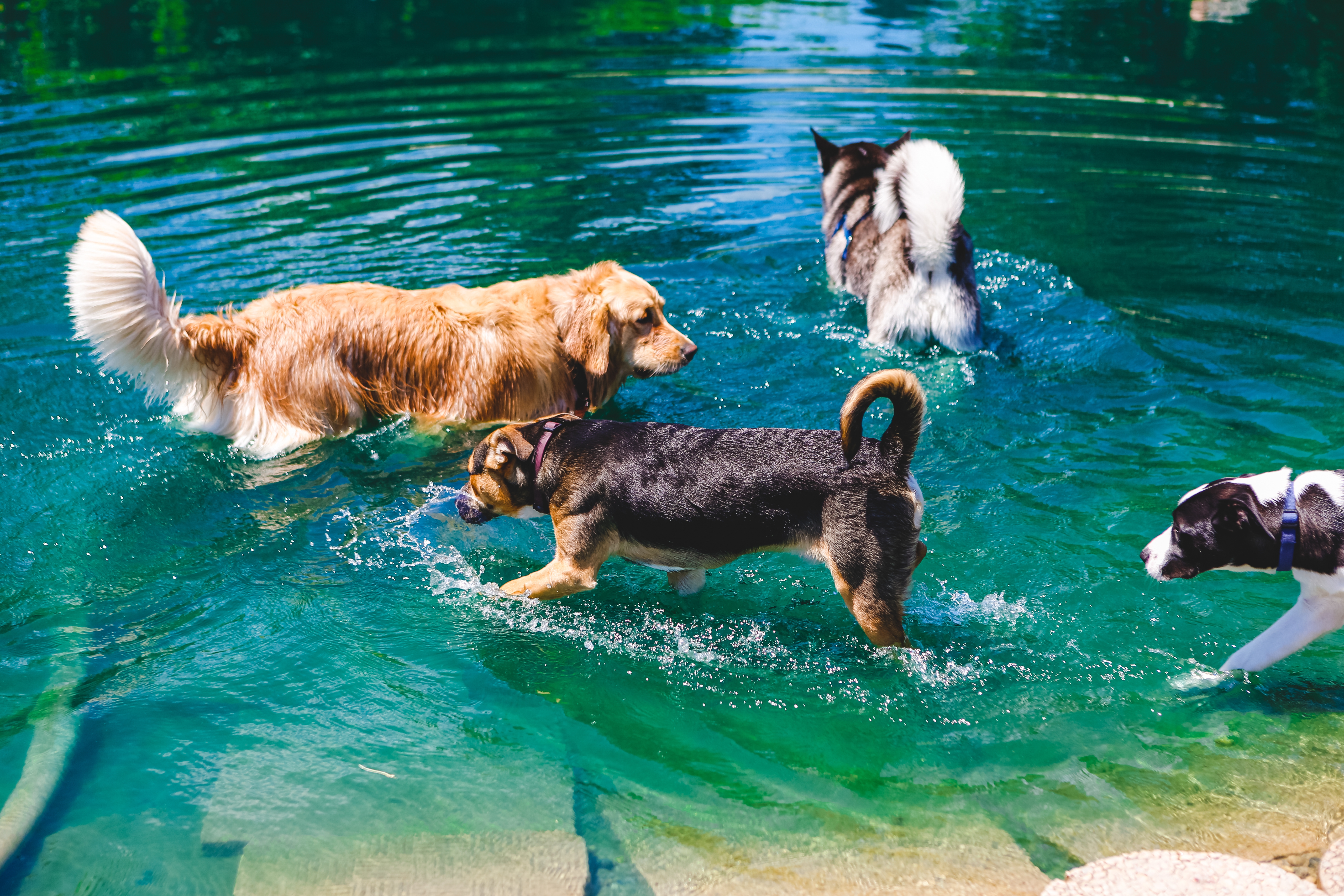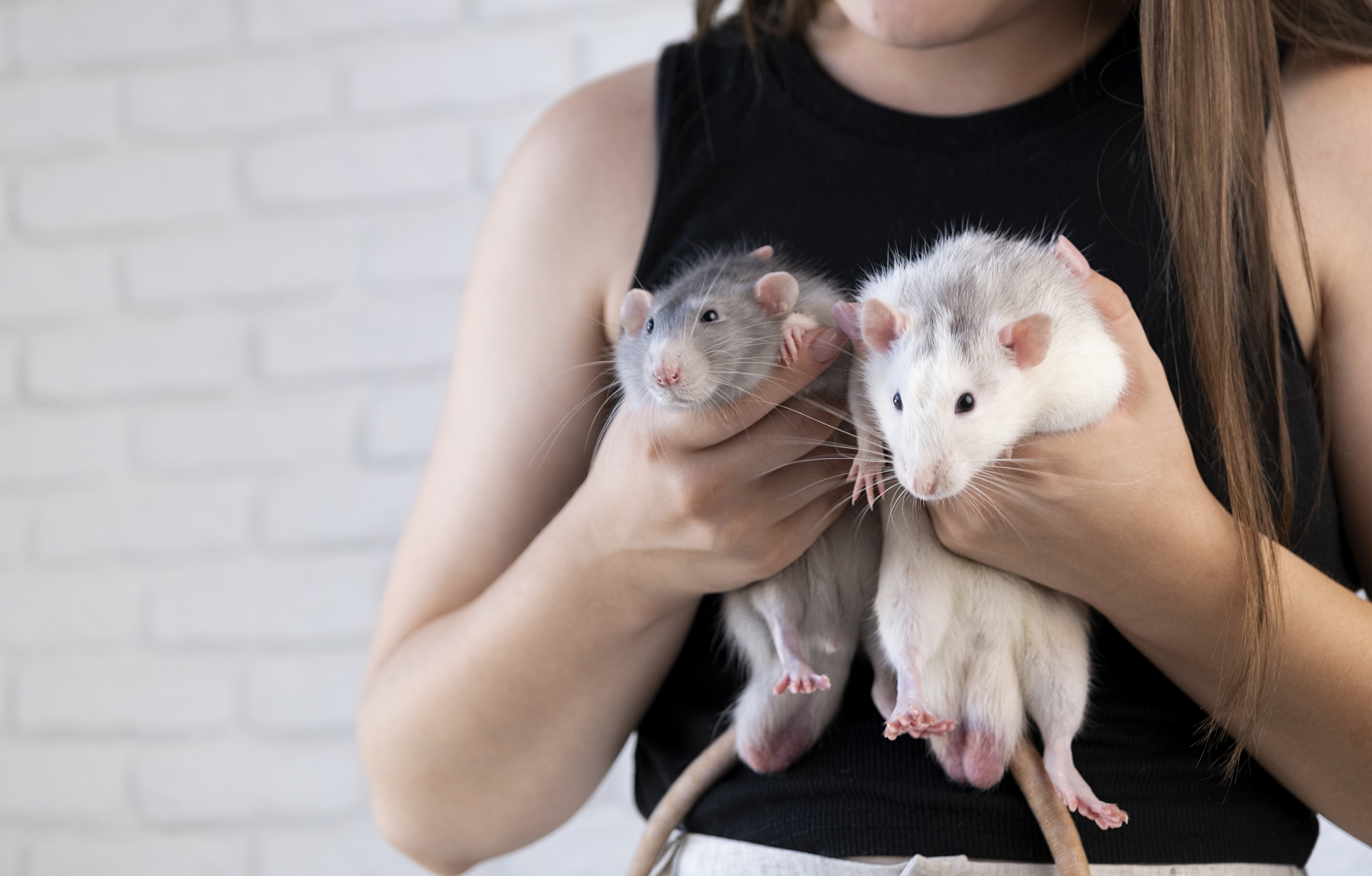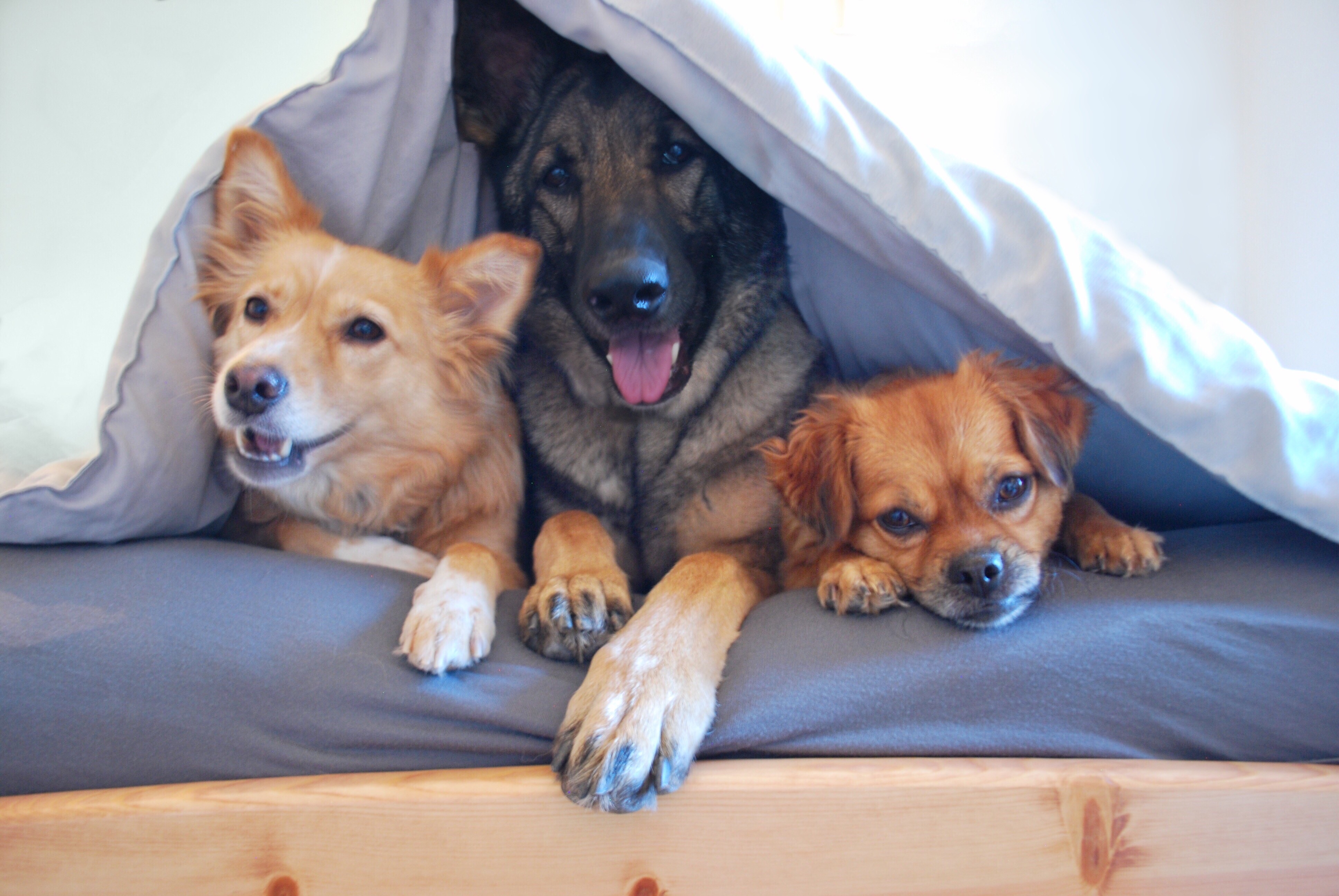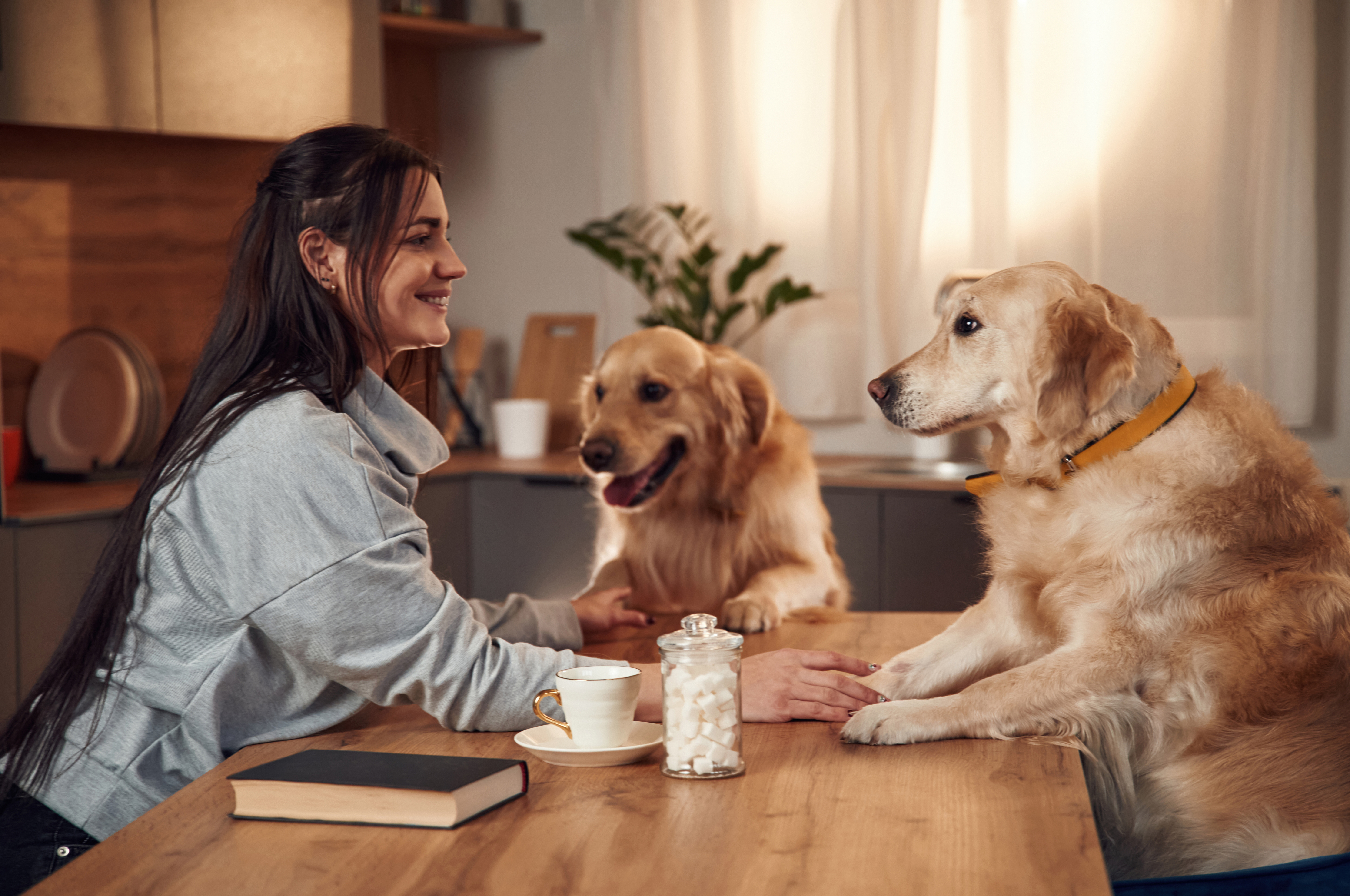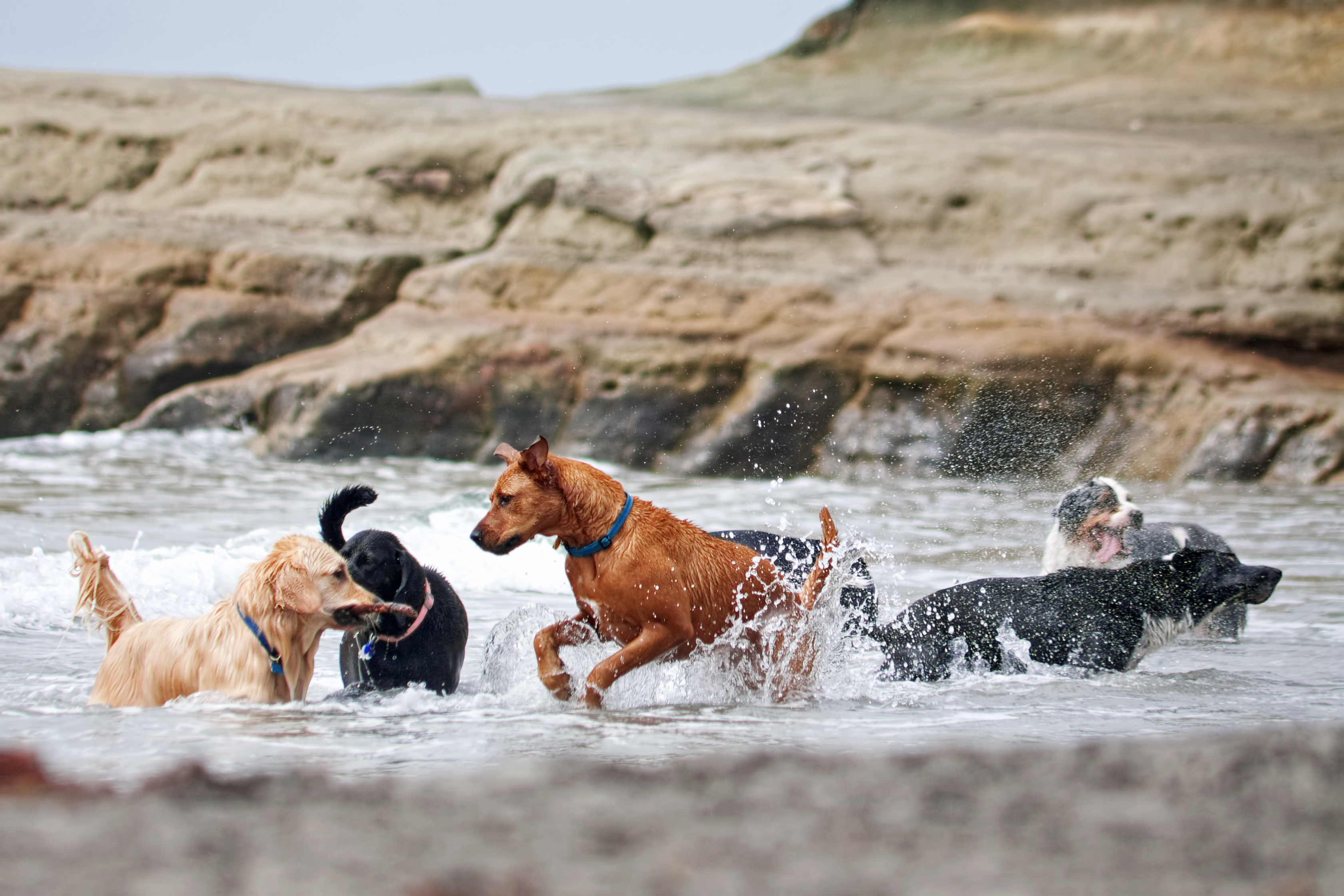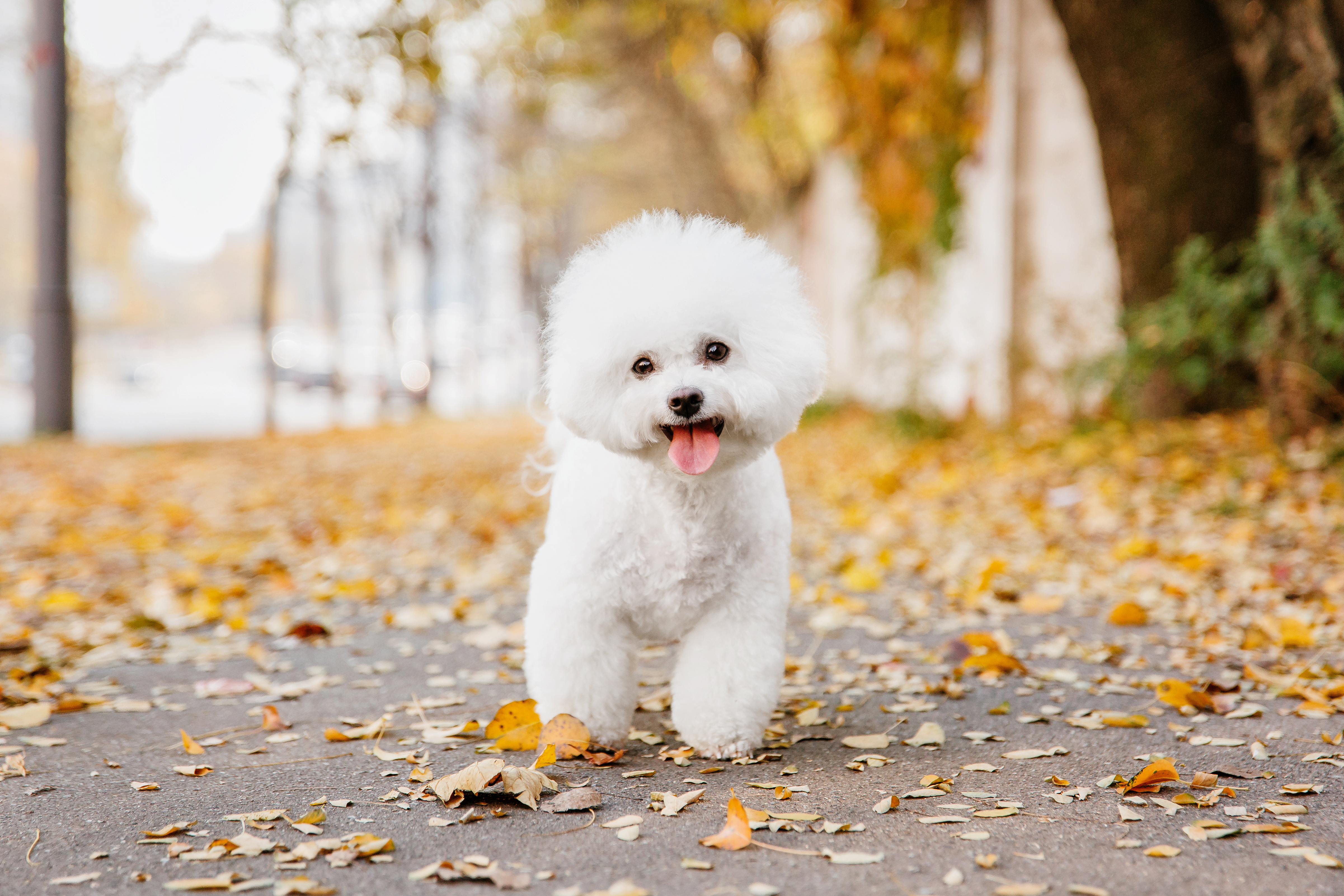10 Simple Dog Training Tips for a Perfectly Behaved Pup
Raising a well-mannered pup is both an art and a science, requiring patience, consistency, and understanding. Dogs, much like children, are a reflection of their upbringing and environment. As pet owners, the responsibility of shaping a puppy's behavior rests on our shoulders. A well-behaved dog not only enriches your life but also ensures a harmonious coexistence with the community. This article delves into ten effortless tips that can guide you in nurturing a pup into a well-adjusted, polite companion. From understanding canine psychology to mastering communication, each section offers insights and practical advice for fostering a rewarding relationship with your furry friend. Whether you're a first-time dog owner or a seasoned pet parent, these strategies will help you create a peaceful and joyful home environment.
1. Understanding Canine Psychology
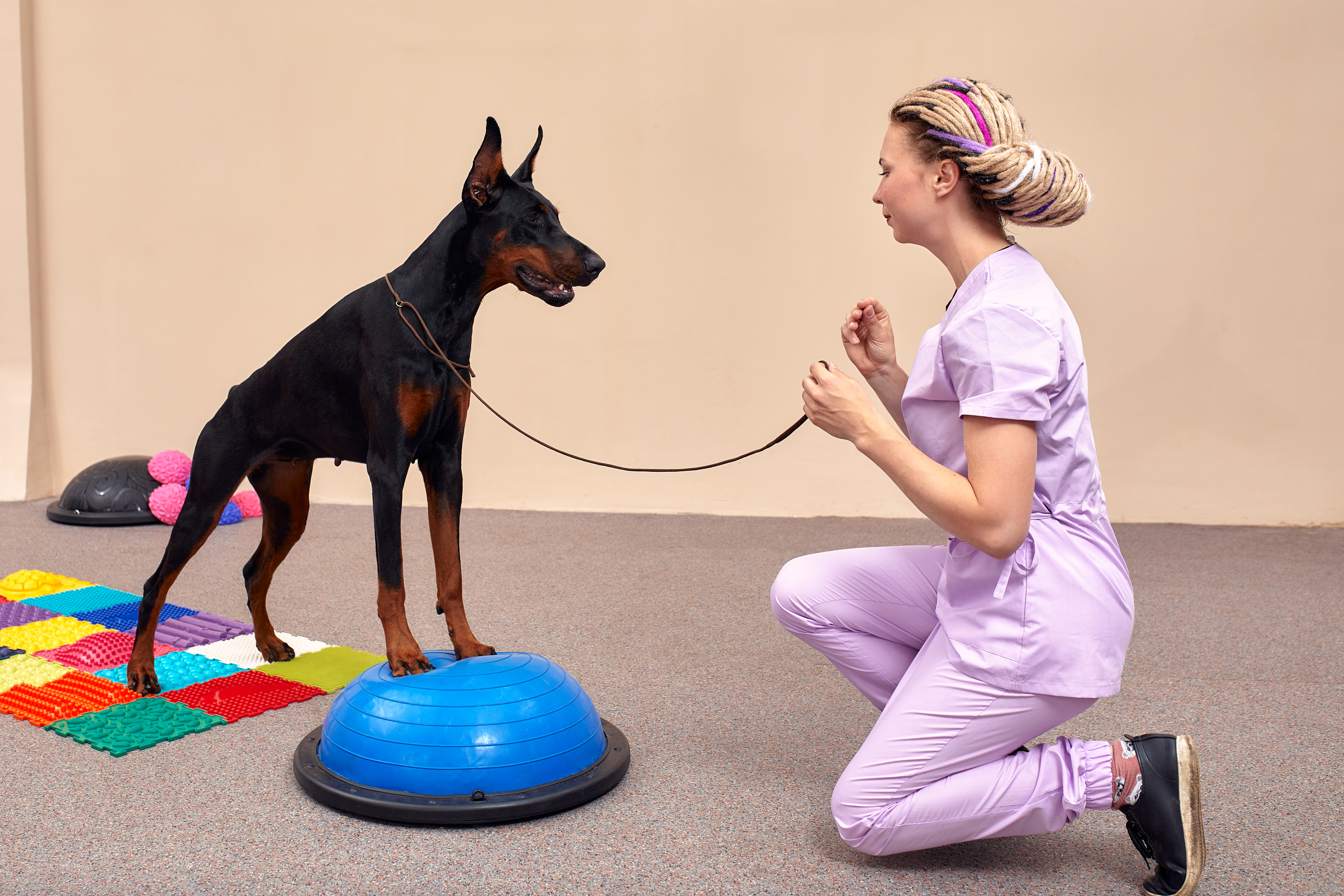
Before embarking on the training journey, it's crucial to understand how dogs think and perceive the world. Canine psychology is a fascinating field that reveals how dogs communicate, learn, and interact with their environment. Dogs are pack animals by nature, and they thrive in structured settings where they understand their role. They rely heavily on body language and vocal cues to communicate, and recognizing these signals is the first step in effective training. By observing your pup's behavior, you can identify their needs, fears, and motivations. Understanding these aspects will allow you to tailor your training approach, ensuring it's both effective and compassionate. A well-rounded understanding of canine psychology is the foundation for all training efforts, as it helps bridge the communication gap between humans and dogs.
2. The Importance of Early Socialization
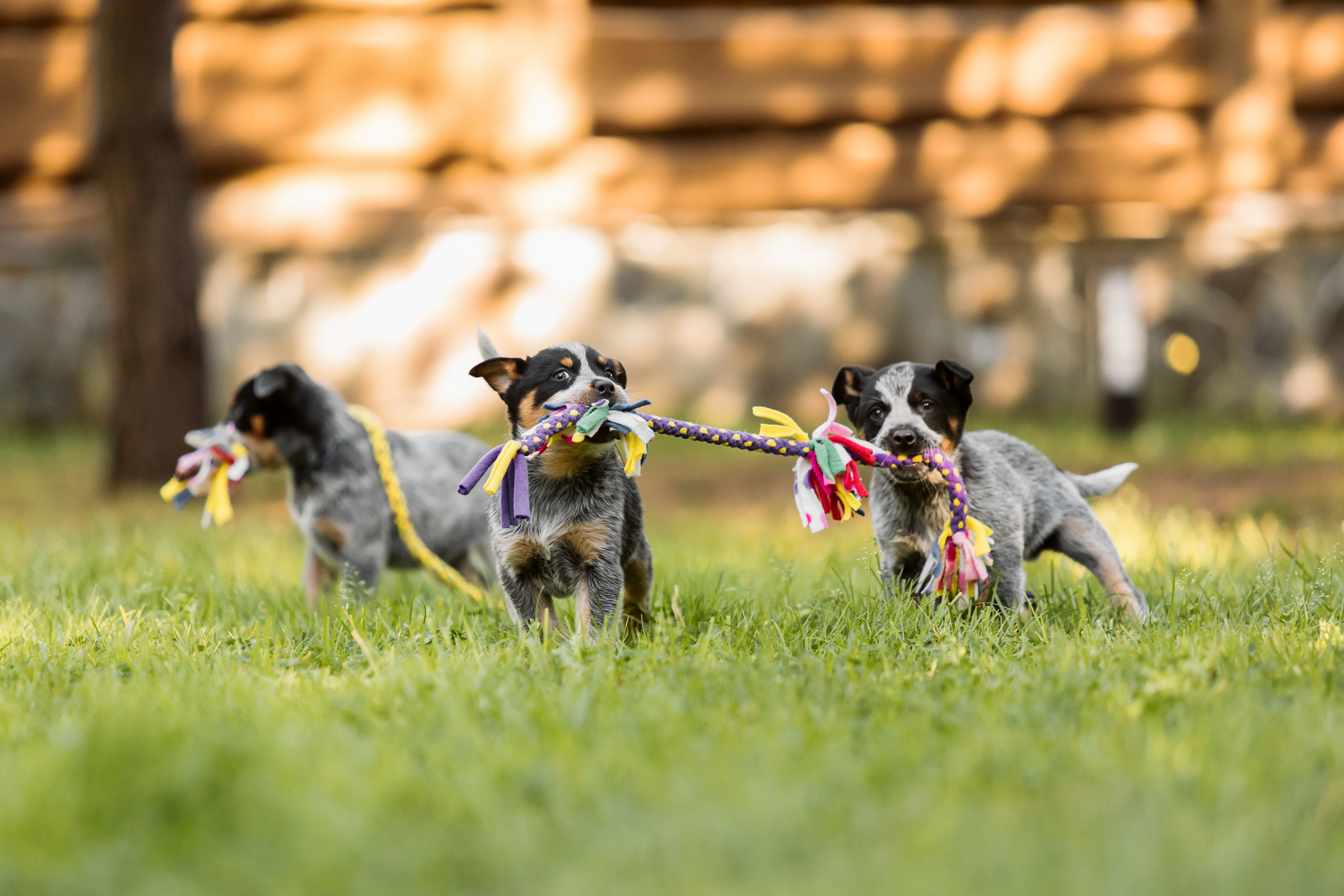
Socialization is arguably the most critical component of raising a well-mannered pup. The window for effective socialization is relatively short, typically between 3 to 14 weeks of age. During this period, puppies are more receptive to new experiences and less fearful. Introducing your pup to a variety of people, environments, and other animals during this time can significantly impact their future behavior. Socialization helps prevent common behavioral issues such as aggression, fearfulness, and anxiety. It also promotes confidence and adaptability, making your pup more comfortable in diverse situations. Structured socialization classes or puppy playdates are excellent ways to ensure your pup gets the exposure they need in a controlled, positive environment. Remember, the goal is to create positive associations with new experiences, setting the stage for a well-adjusted adult dog.
3. Consistency in Training: The Key to Success
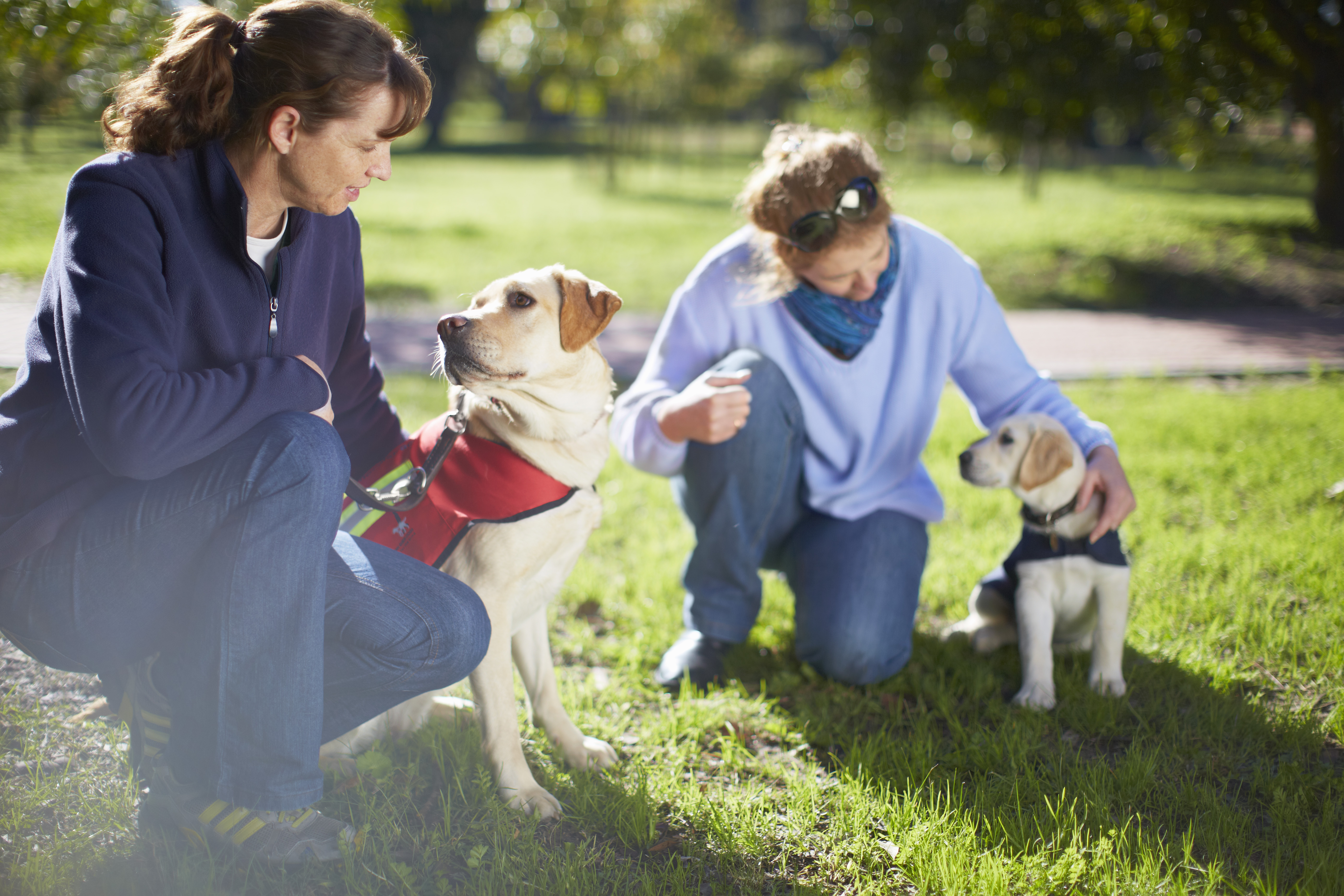
Consistency is the cornerstone of effective training. Dogs thrive on routine and predictability, and consistent training helps them understand what is expected of them. This means using the same commands, rewards, and corrections every time you interact with your pup. Consistency also extends to all members of the household, ensuring everyone is on the same page regarding training methods and expectations. Inconsistent signals can confuse your pup, leading to frustration and slower progress. Establishing a regular training schedule and sticking to it will help reinforce good behavior and discourage bad habits. Remember, patience is vital, as learning takes time, and progress may be gradual. Celebrate small victories and maintain a positive attitude; your pup will mirror your enthusiasm and commitment.
4. Positive Reinforcement: Building Trust and Encouragement
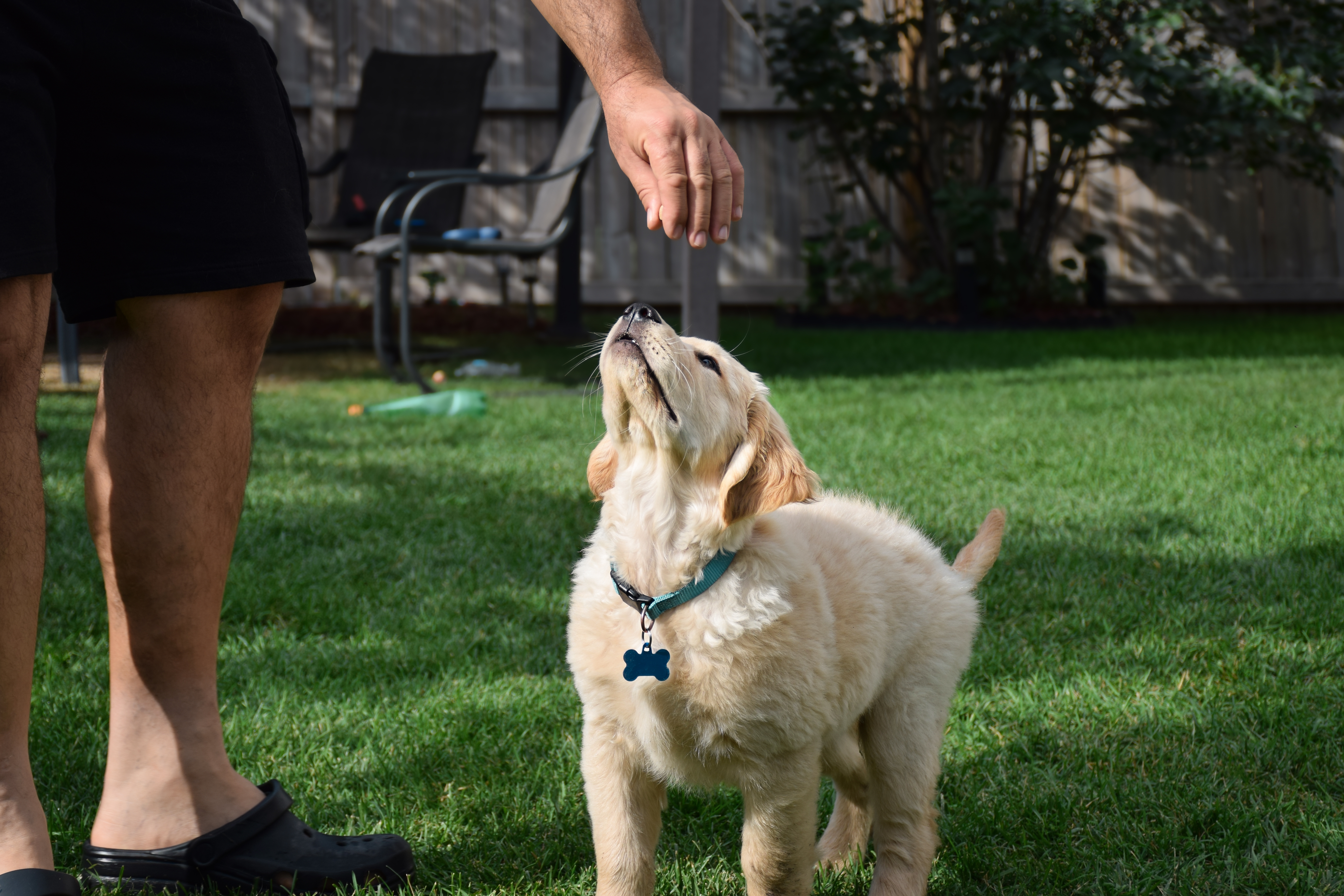
Positive reinforcement is a powerful training tool that focuses on rewarding desirable behavior rather than punishing unwanted actions. This approach builds trust and strengthens the bond between you and your pup. Rewards can take many forms, including treats, praise, playtime, or affection. The key is to identify what motivates your pup and use it to reinforce good behavior. Timing is crucial when using positive reinforcement; rewards should be given immediately after the desired behavior to create a clear association. This method not only encourages obedience but also fosters a positive learning environment, making training sessions enjoyable for both you and your pup. Over time, your pup will learn to associate good behavior with positive outcomes, leading to a well-mannered and happy dog.
5. Setting Boundaries and Rules
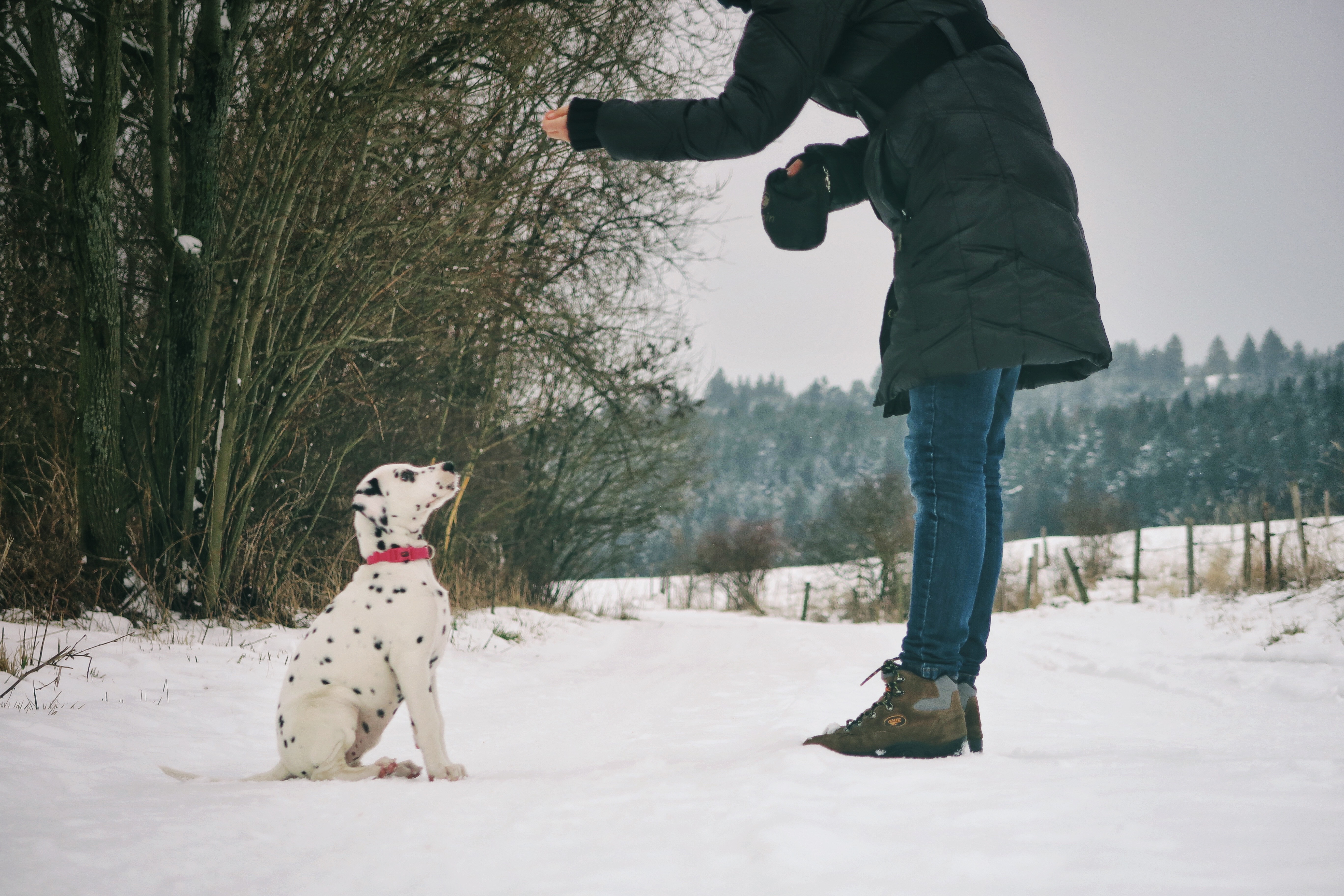
Establishing clear boundaries and rules is essential for maintaining a harmonious household. Dogs need structure and guidance to understand what behaviors are acceptable. This includes setting limits on where your pup can go, what they can chew on, and how they interact with family members and guests. Consistent enforcement of rules helps your pup understand their boundaries and reduces confusion. It's important to be firm yet fair, using calm and assertive energy to communicate your expectations. Remember, boundaries are not about restricting your pup's freedom but rather providing them with a safe and predictable environment. By setting clear rules, you create a sense of security and stability that allows your pup to thrive.
6. The Role of Exercise in Behavior Management
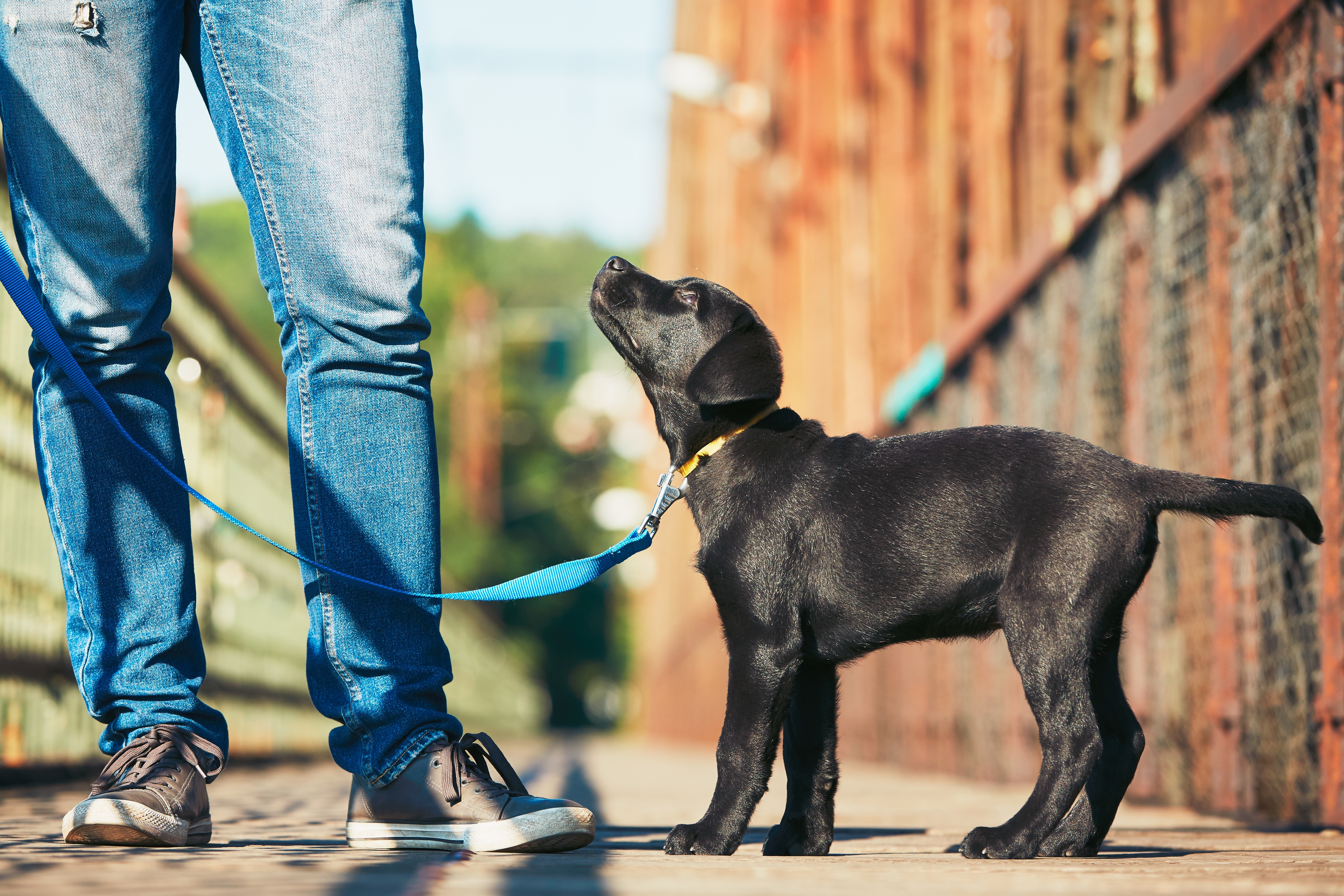
Physical exercise is a vital component of a well-mannered pup's routine. Regular exercise helps burn off excess energy, reducing the likelihood of destructive behavior such as chewing, digging, or barking. Additionally, exercise provides mental stimulation, which is crucial for preventing boredom and anxiety. Depending on your pup's breed, age, and health, exercise needs may vary, but daily walks, playtime, and interactive games are generally beneficial for all dogs. Exercise also offers an excellent opportunity for socialization and training, reinforcing good behavior in different environments. By incorporating exercise into your pup's daily routine, you promote physical health, mental well-being, and a calm, balanced demeanor.
7. The Art of Communication: Verbal and Non-Verbal Cues
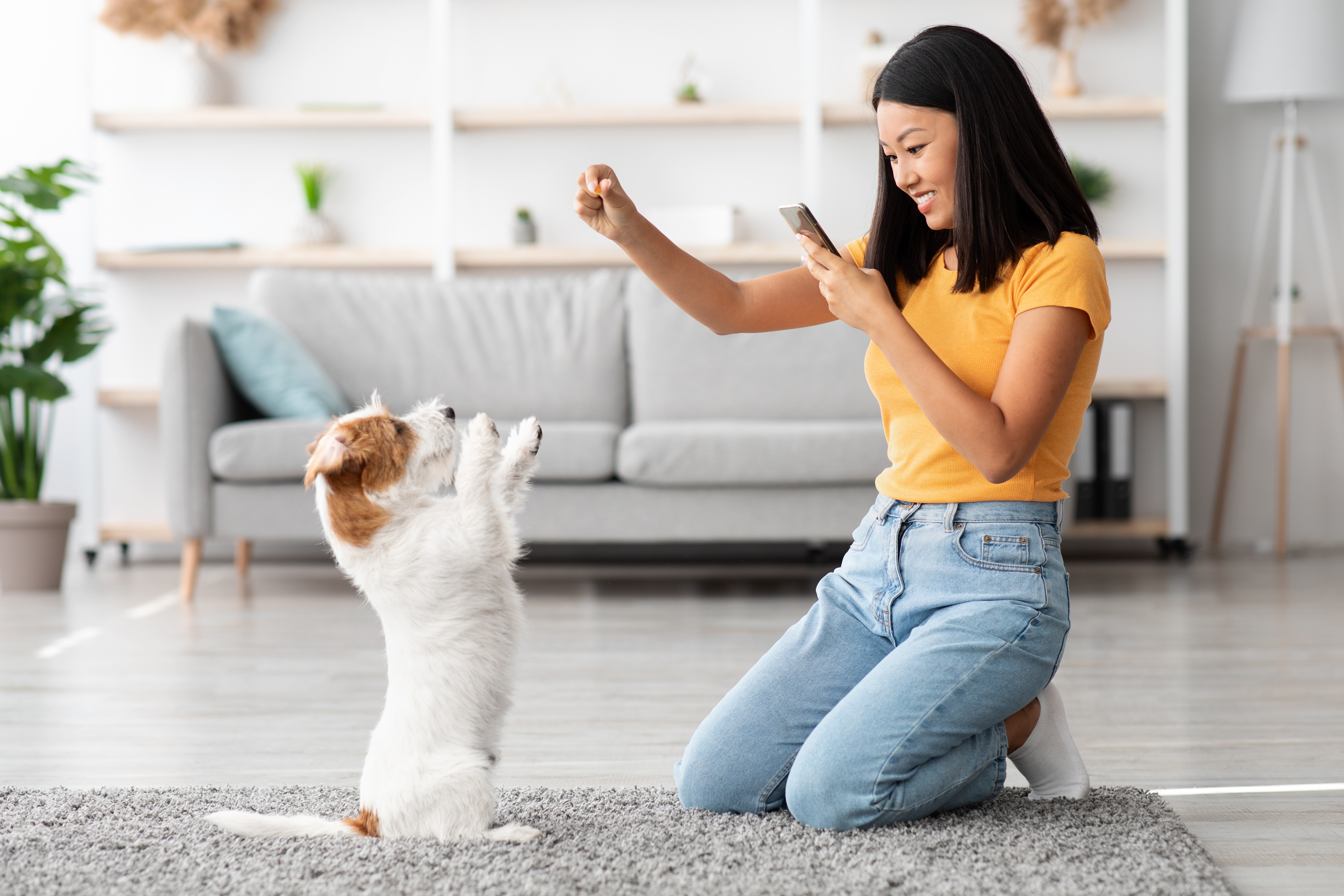
Effective communication is at the heart of any successful training program. Dogs rely on both verbal and non-verbal cues to understand their human companions. While verbal commands are essential, body language, tone of voice, and facial expressions play a significant role in conveying messages. It's important to be aware of your own body language and how it may be perceived by your pup. Consistency in commands and gestures helps reinforce learning and reduces confusion. Additionally, understanding your pup's non-verbal cues, such as tail wagging, ear positioning, and eye contact, can provide valuable insights into their mood and intentions. By honing your communication skills, you can create a strong, trusting bond with your pup, facilitating effective training and a harmonious relationship.
8. Addressing Behavioral Issues with Patience and Understanding
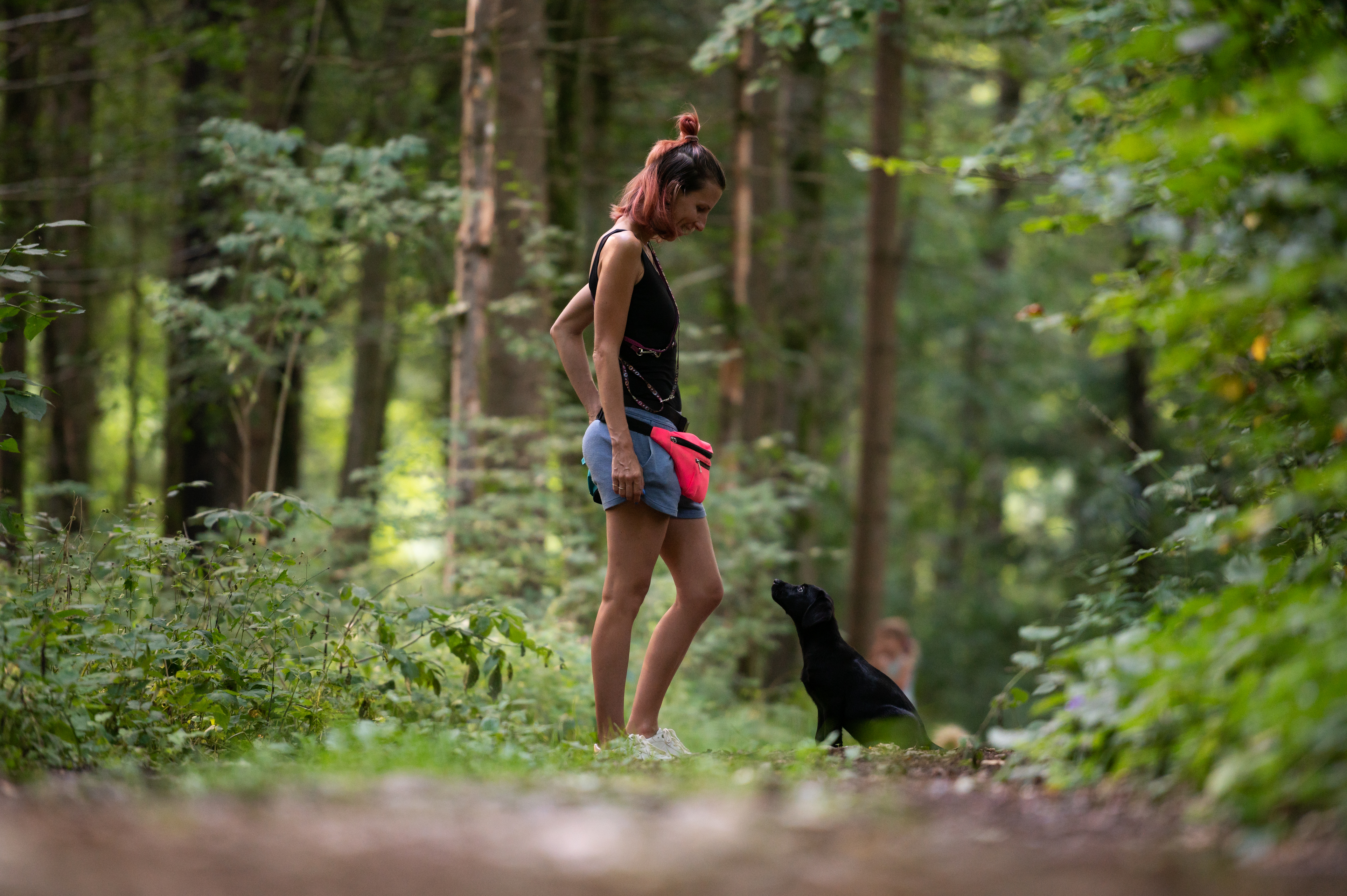
Even with the best training efforts, behavioral issues may arise. It's important to approach these challenges with patience and understanding, recognizing that behavior is often a reflection of unmet needs or environmental stressors. Identifying the root cause of the behavior is the first step in addressing it effectively. This may involve consulting with a veterinarian or professional trainer to rule out medical issues or seeking guidance on behavior modification techniques. Consistency, positive reinforcement, and a calm, assertive demeanor are essential in managing behavioral issues. Remember, change takes time, and setbacks are a natural part of the process. By maintaining a positive attitude and being patient, you can help your pup overcome challenges and develop into a well-mannered companion.
9. Creating a Safe and Stimulating Environment
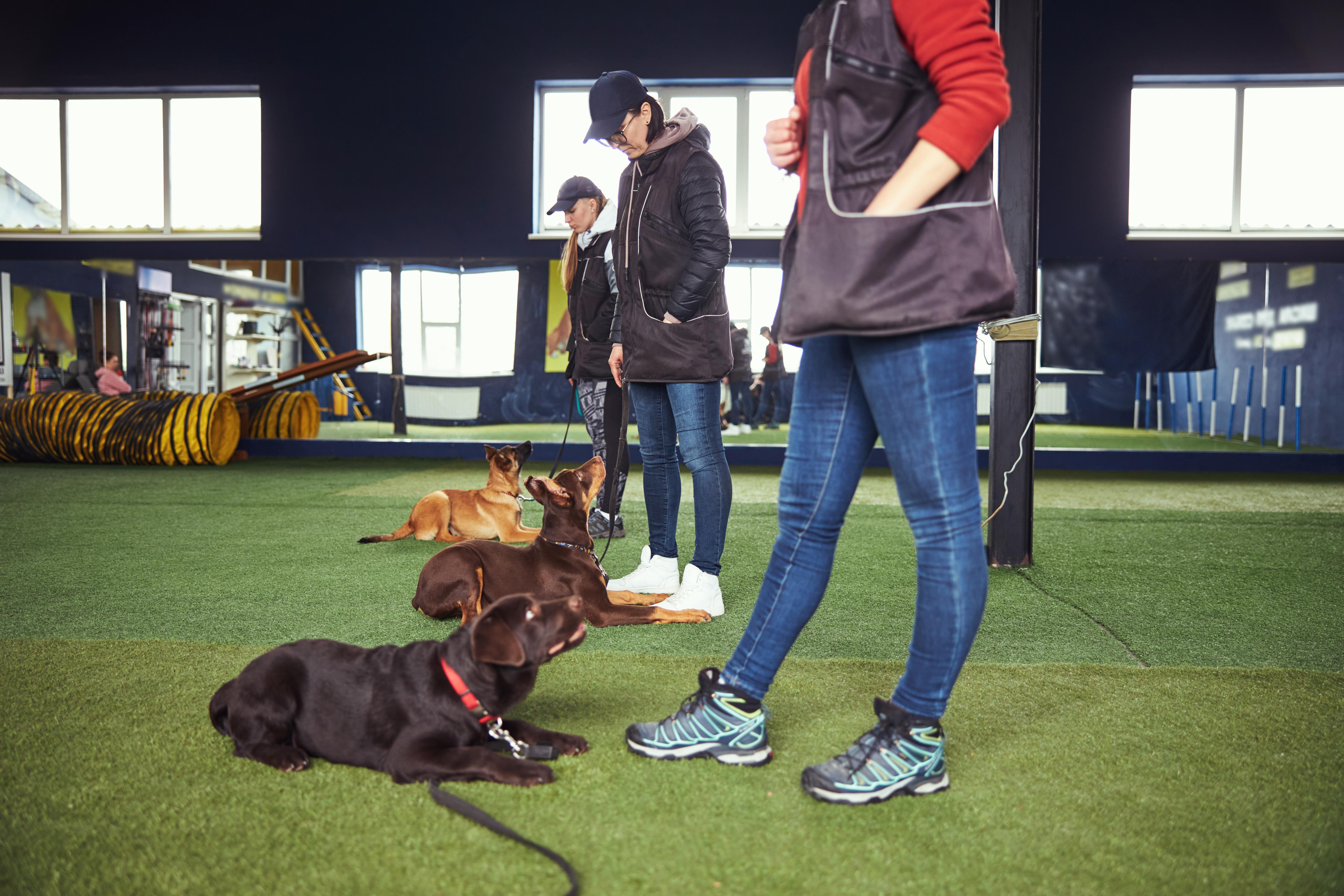
A safe and stimulating environment is crucial for your pup's well-being and development. This includes providing a comfortable space where your pup can rest and relax, as well as access to toys and activities that stimulate their mind and body. Environmental enrichment, such as puzzle toys, scent games, and interactive play, can prevent boredom and promote mental agility. Safety is also a priority, ensuring your home is free from hazards such as toxic plants, electrical cords, and small objects that could be ingested. A well-organized, enriching environment supports your pup's physical and emotional needs, promoting a sense of security and contentment.
10. The Importance of Routine and Structure
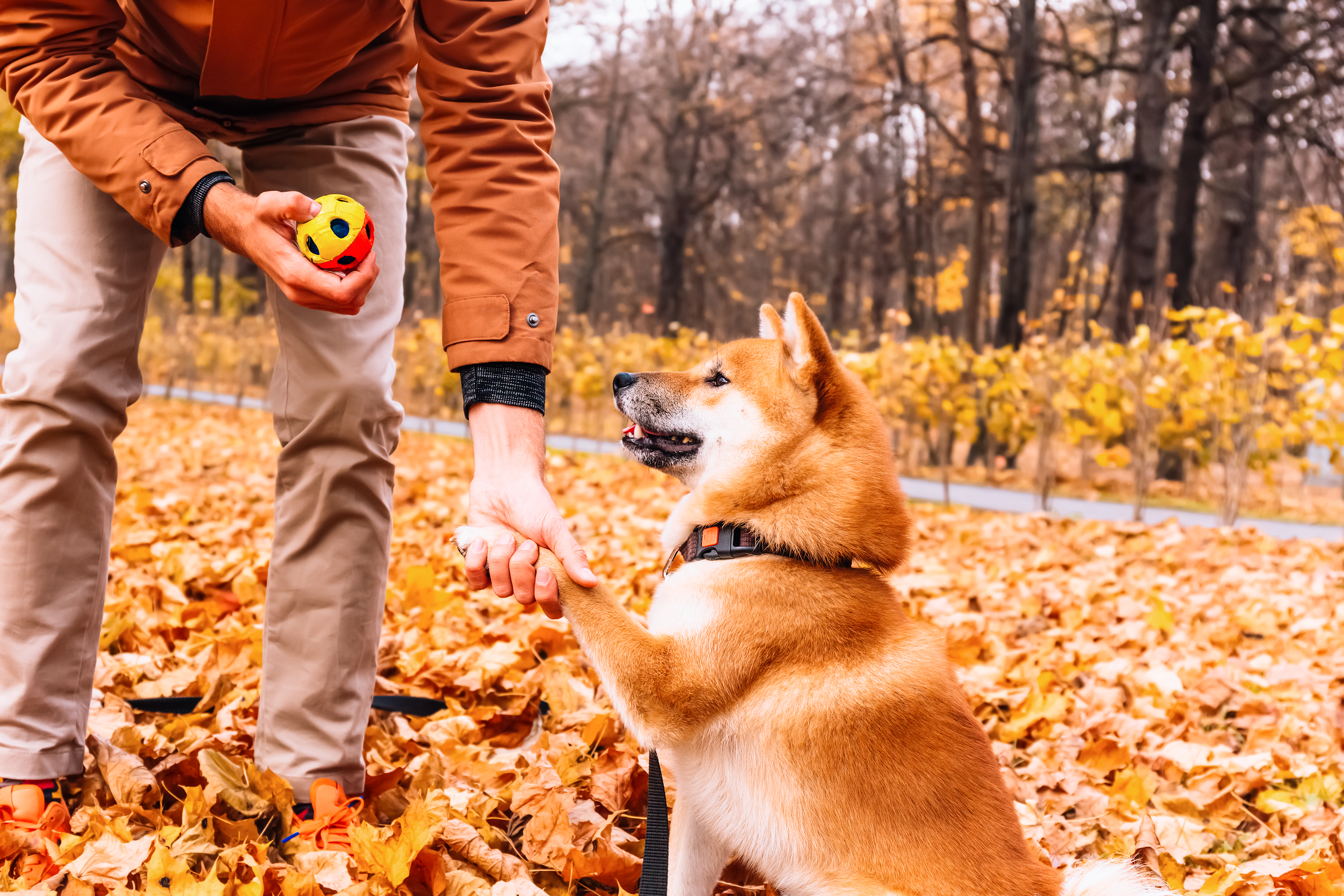
Routine and structure provide a sense of predictability and security for your pup. Establishing a daily schedule for feeding, exercise, playtime, and rest helps your pup understand what to expect and reduces anxiety. Consistent routines also reinforce training efforts, as regular practice of commands and behaviors becomes part of your pup's everyday life. While flexibility is important, especially in adapting to new situations, maintaining a basic routine ensures your pup's needs are consistently met. A structured environment fosters a calm, confident pup, ready to face new challenges with ease.
Crafting canine harmony is a rewarding journey that requires dedication, empathy, and perseverance. By understanding your pup's unique needs and employing these ten effortless tips, you can raise a well-mannered, happy companion. Each step, from early socialization to effective communication, builds a foundation of trust and respect between you and your pup. Remember, the journey is as important as the destination, and every moment spent nurturing your pup contributes to a lifelong bond. With patience and love, you can create a harmonious home where both you and your pup thrive.
